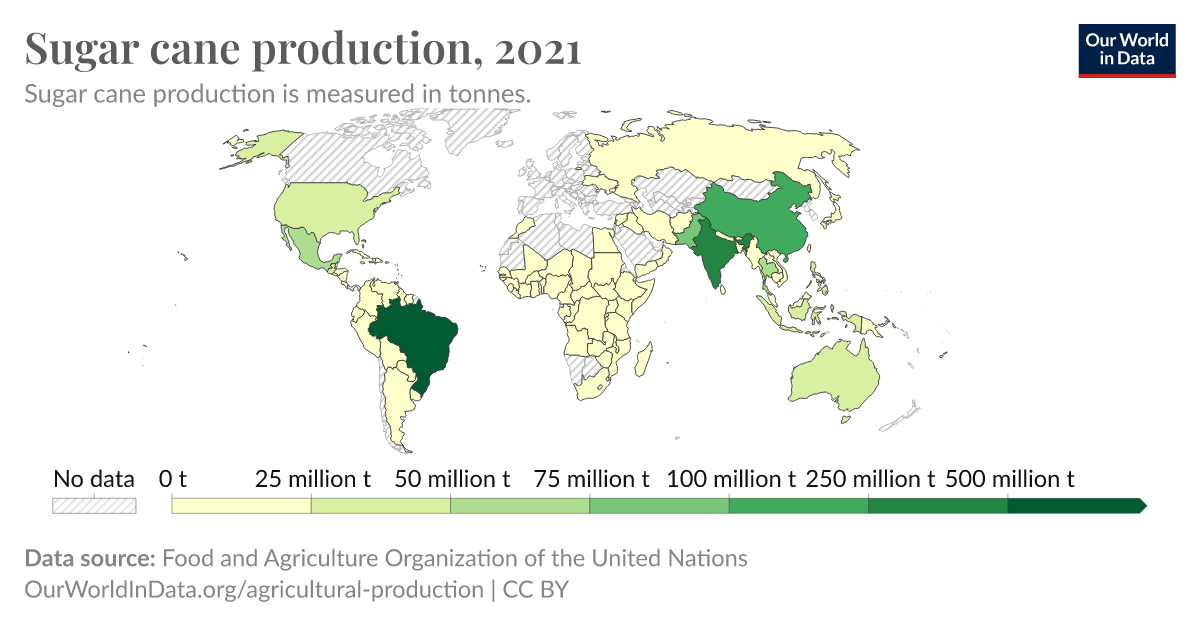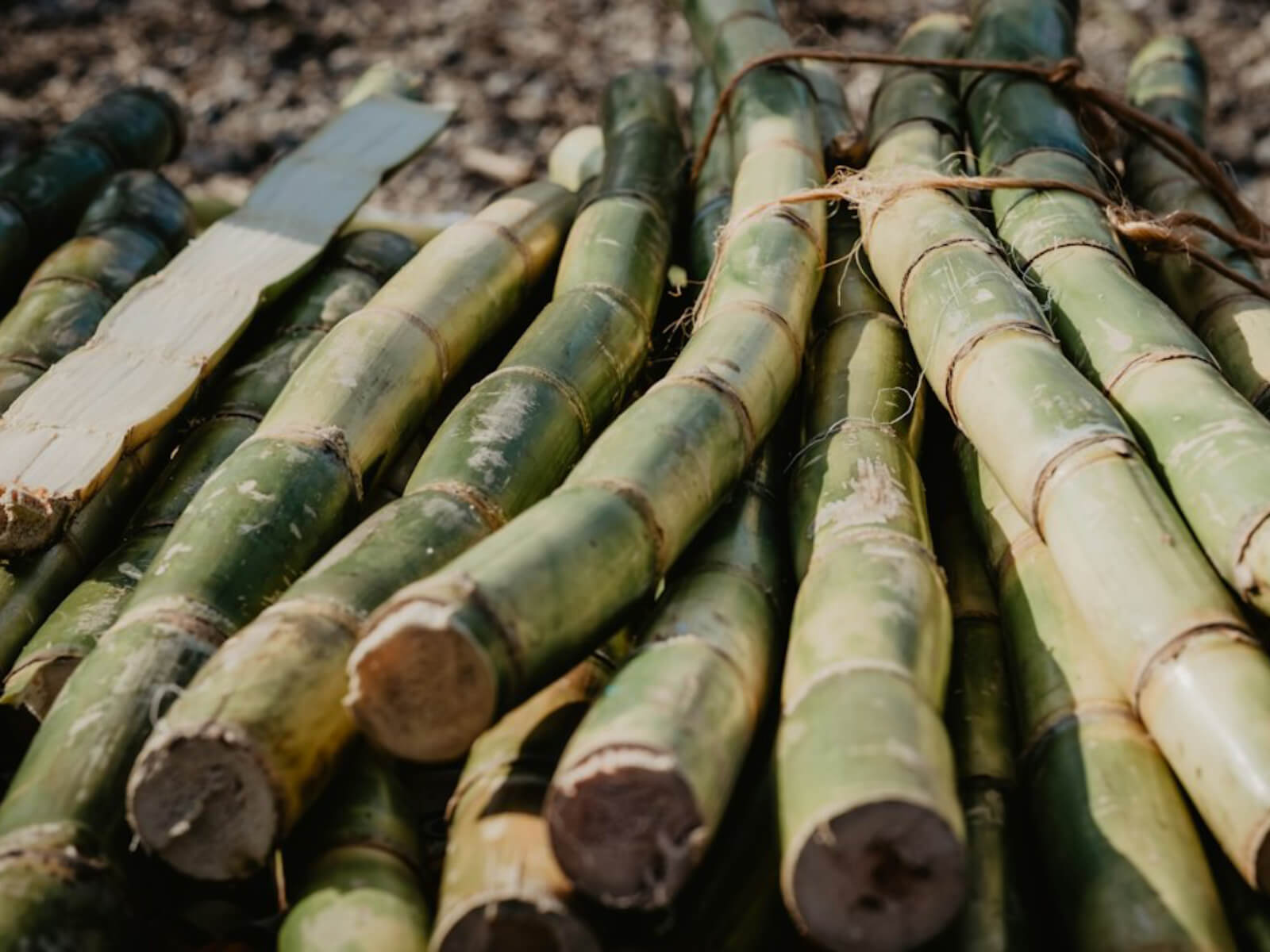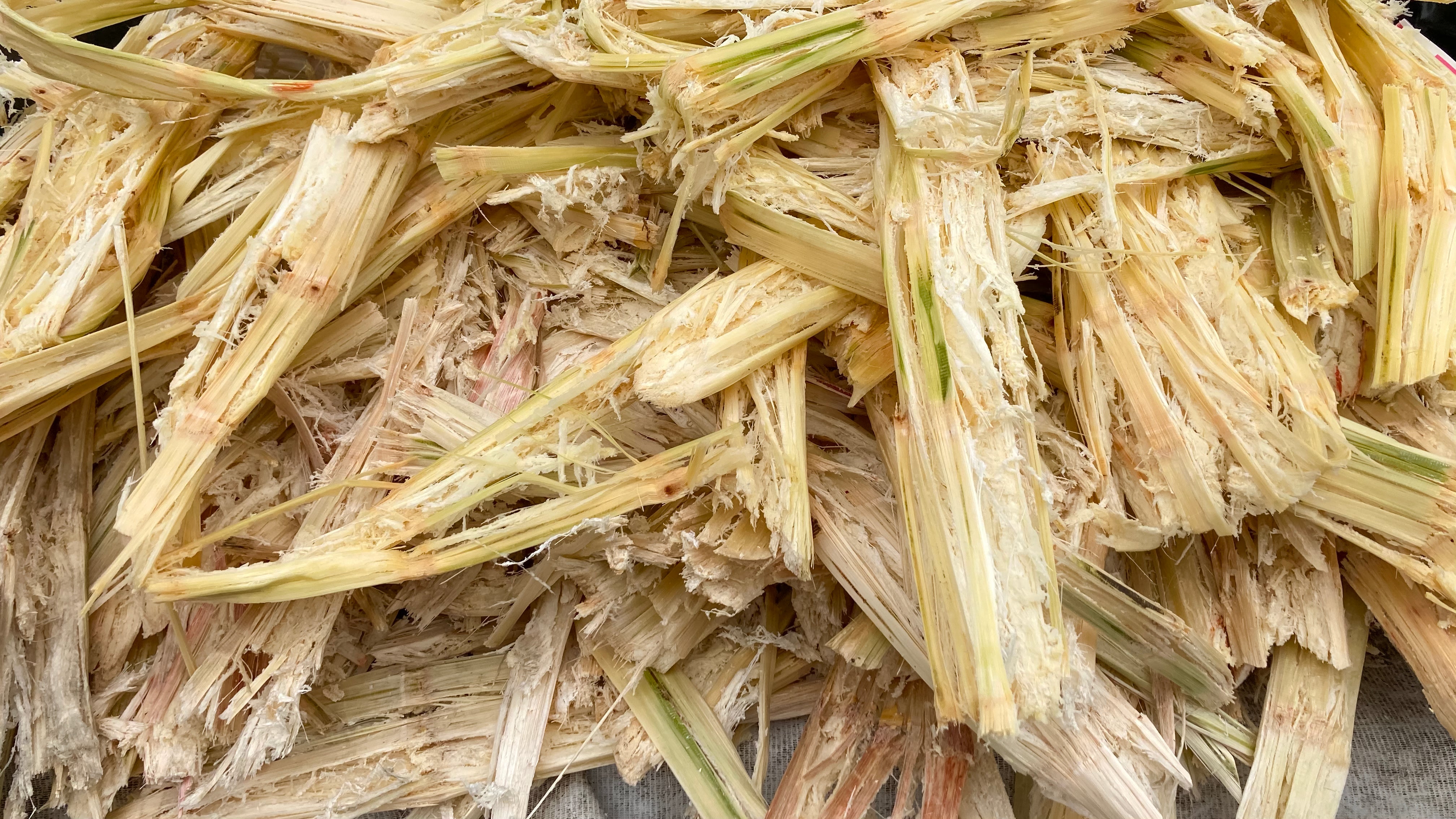Why use sugarcane to make Luma Vodka?
Vodka can be made of anything that can be fermented. We decided to use Mexican sugarcane as the base for our vodka.

Mexican terroir
Sugarcane is grown in dozens of countries worldwide. What's interesting about sugarcane is that depending on where its grown, the flavor of sugarcane juice can vary widely. This dynamic is referred to as "terroir". This is similar to wine, where grapes grown in one region can yield a different flavor profile than identical grapes grown in another region. Mexican sugarcane has its own unique terroir which we wanted to capture in our vodka. Fun fact: Mexico is the world's 6th largest producer of sugarcane as of 2021.
Mexican terroir
Sugarcane is grown in dozens of countries worldwide. What's interesting about sugarcane is that depending on where its grown, the flavor of sugarcane juice can vary widely. This dynamic is referred to as "terroir". This is similar to wine, where grapes grown in one region can yield a different flavor profile than identical grapes grown in another region. Mexican sugarcane has its own unique terroir which we wanted to capture in our vodka. Fun fact: Mexico is the world's 6th largest producer of sugarcane as of 2021.


Unique raw material
The vast majority of the thousands of vodkas worldwide are made with the following three raw materials: corn, potatoes, or grains (mainly wheat and rye). It's hard to pinpoint a number, but we've only counted approximately 50 vodka brands globally that use sugarcane or its derivatives (molasses, panela, sugar) as the main raw material. If we are going to create a unique product, we need to start with a unique raw material.
Unique raw material
The vast majority of the thousands of vodkas worldwide are made with the following three raw materials: corn, potatoes, or grains (mainly wheat and rye). It's hard to pinpoint a number, but we've only counted approximately 50 vodka brands globally that use sugarcane or its derivatives (molasses, panela, sugar) as the main raw material. If we are going to create a unique product, we need to start with a unique raw material.


Eco-friendly distillation process
Our distillation process is mainly powered by the bagasse of the sugarcane, the residual fibers leftover after crushing the sugarcane. The bagasse is set on fire, which then provides the heat source for distillation. As a result, we rely far less on fossil fuels to power our stills. Every part of the cane is used to make our vodka, from start to finish.
Eco-friendly distillation process
Our distillation process is mainly powered by the bagasse of the sugarcane, the residual fibers leftover after crushing the sugarcane. The bagasse is set on fire, which then provides the heat source for distillation. As a result, we rely far less on fossil fuels to power our stills. Every part of the cane is used to make our vodka, from start to finish.


